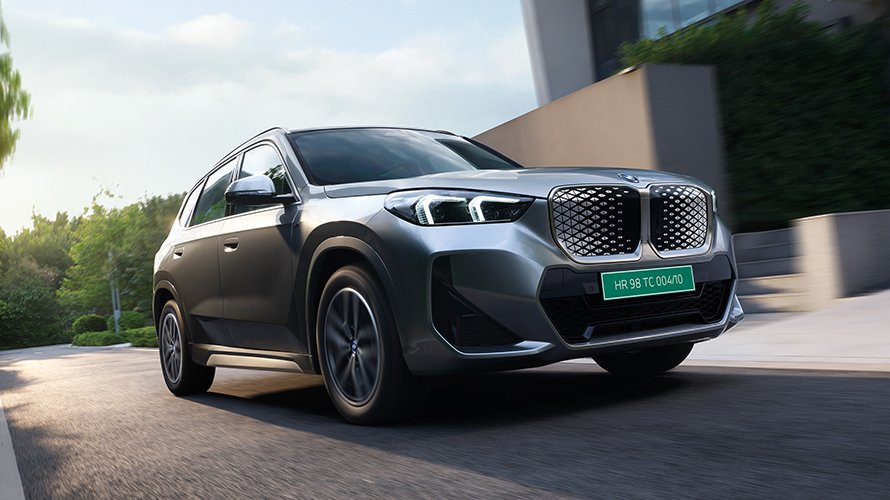Mercedes-Benz is charting a bold electric future for its entry-level lineup, approving a new EV-capable hatchback to indirectly succeed the A-Class when production ceases in 2028. According to insiders speaking to Autocar UK, this compact luxury model will prioritize electrification to challenge key rivals in the premium EV segment, marking a strategic about-face from the brand’s recent upscale focus.The move responds to evolving market dynamics, including a 19 percent dip in Mercedes’ global EV sales in the first half of 2025, alongside a 6 percent overall sales decline. By extending the current fourth-generation A-Class to 2028 amid dealer pressure and sustained demand, Mercedes buys time to refine its volume EV strategy.
MMA Platform: EV Flexibility at Its Core
The forthcoming hatchback will leverage Mercedes’ Modular Mercedes Architecture (MMA) platform, a versatile foundation already powering the electric CLA sedan, CLA Shooting Brake estate, and the next-gen GLA and GLB SUVs. This setup’s genius lies in its seamless accommodation of battery-electric drivetrains, eliminating the need for costly EV-exclusive platforms and enabling rapid scaling based on regional adoption rates.For the EV variant, expect a rear- or all-wheel-drive configuration with Mercedes’ latest eATS (electric All-Terrain System) motors, potentially drawing from the CLA’s 268 hp single-motor setup or the dual-motor AWD’s 421 hp punch. Range estimates hover around 500-600 km WLTP, bolstered by an 85 kWh battery pack similar to the CLA EV, with ultra-fast 800V charging capabilities for 10-80 percent top-ups in under 30 minutes. These specs position it as a practical urban EV with highway prowess, all while maintaining Mercedes’ hallmark refinement.
Targeting the Electric Elite: Rivals in Sight
In its battery-powered form, the new hatchback will lock horns with the likes of the BMW i1 (evolving from the 1 Series) and Audi’s e-tron A3, but its sharpest arrow aims at the anticipated Volkswagen ID. Golf—a purpose-built electric hot hatch blending fun-to-drive dynamics with affordability. Mercedes’ EV A-Class successor seeks to outshine these with superior interior tech, including the MBUX hyperscreen and Level 2+ autonomy, wrapped in a premium package starting potentially above €40,000 in Europe.This EV-centric positioning underscores Mercedes’ ambition to recapture entry-luxury share in a segment where electrification is non-negotiable, especially as EU emissions rules tighten post-2030.
Evolutionary Design: Hatchback Heritage Meets Modern EV Ethos
Design specifics are closely guarded, but insiders hint at a faithful evolution: a traditional five-door hatchback silhouette optimized for aerodynamics and efficiency, crucial for EV range. Key dimensions—wheelbase and track width—will mirror the third-generation GLA crossover, slated for late 2026, promising agile handling and a spacious cabin for four adults plus cargo.Exterior cues may echo the current A-Class’s sleek lines, accented by the CLA’s bold grille-less front (for EV models) and aerodynamic wheels, while interiors could feature sustainable materials and a driver-focused cockpit with dual 10.25-inch displays.
For Indian enthusiasts, where the A-Class hatchback endures in potent AMG guises alongside the ubiquitous A-Class Limousine, this EV replacement could broaden access to Mercedes’ zero-emission tech. Likely launching post-2028 at around Rs 45-55 lakh, it aligns with FAME-III incentives and expanding charging infrastructure, potentially outpacing local rivals like the Tata Curvv.ev in premium flair.As Mercedes CEO Ola Källenius pivots from high-end exclusivity, this EV hatchback revival signals a pragmatic embrace of electrification’s mass-market potential. Unveiling in 2028, it promises to electrify the compact luxury space—proving that even in a shifting automotive landscape, the three-pointed star shines brightest when plugged in.



